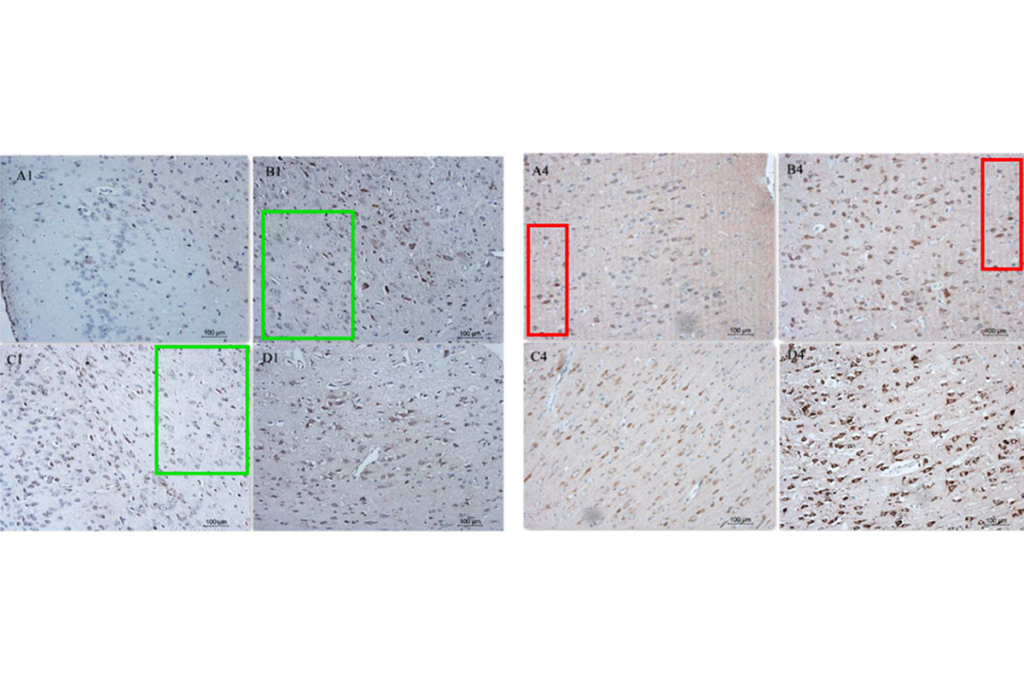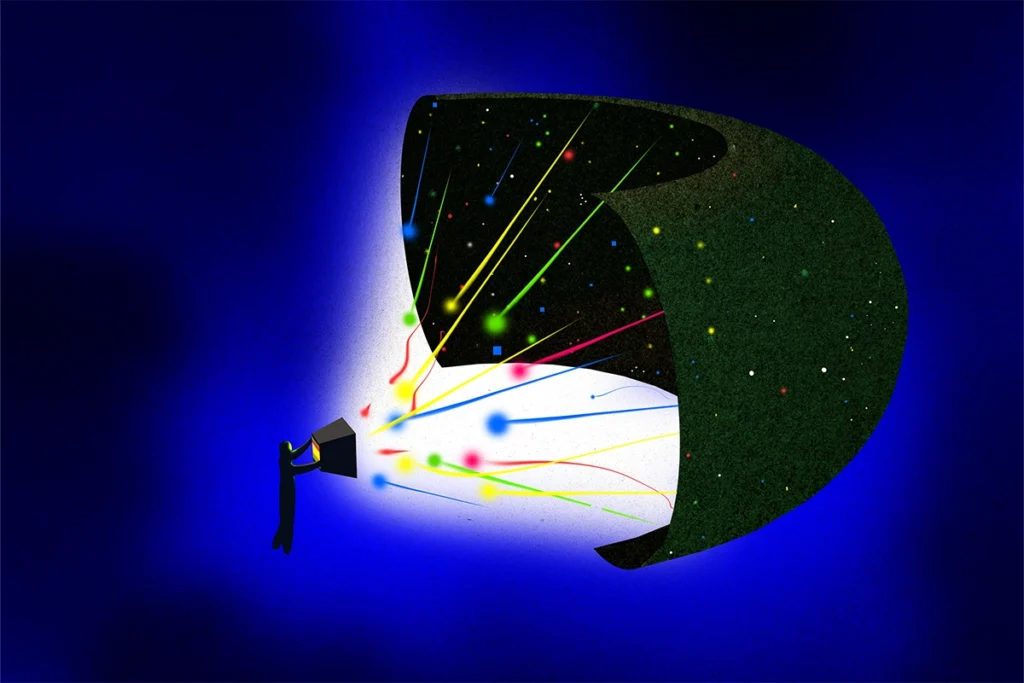
Women are systematically under-cited in neuroscience. New tools can change that.
An omitted citation in a high-profile paper led us to examine our own practices and to help others adopt tools that promote citation diversity.
One day last year, we opened a journal web page and were excited to find a long-awaited paper about a particular brain area’s role in a cognitive computation. The authors, based on talks they had given at conferences, had a different take on this brain area compared with another high-profile paper, and we were curious to learn more.
But our hopes were soon dashed: The new paper didn’t cite the previous one, published only a year before and with female first and last authors. The authors of both papers later discussed the omitted citation on Twitter/X, but the issue remained unresolved. It didn’t seem that the authors of the later paper had omitted mention of the earlier one on purpose, so why was our female colleagues’ highly relevant work left out?
Research suggests the answer may lie with systematic citation bias—a trend that persists even as the number of women in academia, including in neuroscience, continues to grow. The proportion of papers authored by women (first or last author) across five broad-scope neuroscience journals increased from 36 percent in 1995 to 50 percent in 2018. Yet first and last male authors are increasingly over-cited, according to a study published in Nature Neuroscience in 2020. And the gap between observed and expected gender proportions in neuroscience citations is widening at a rate of 0.41 percentage points per year, even after accounting for year of publication, number of authors, article type and first/last author seniority.
The imbalance is largely driven by gendered citation practices—male authors are more likely to over-cite male authors and less likely to cite women-led work. A subsequent analysis that focused on reference lists within cognitive neuroscience found a similar pattern of bias, as did a study examining the intersection of race, ethnicity and gender.
It is urgent that we address this issue, given that citation metrics are often used as a measure of a researcher’s impact and productivity in their field and can influence their hiring, promotion and invited-speaker opportunities. Fortunately, new tools—such as cleanBib, anneslist and others—exist to help researchers counter citation bias across genders and other demographic divides.
T
hese tools have some limitations, such as a lower accuracy for transgender, nonbinary or intersex authors, but they are of great value to our field. Actively performing literature searches to improve citation balance can improve a manuscript’s scholarliness, as it may lead authors to identify work that was overlooked initially.CleanBib analyzes any reference list and quantifies the proportion of men and women authors, as well as the proportion of authors from other underrepresented groups, such as Black and Latino neuroscientists. It then generates a citation diversity statement that breaks the bibliography down by gender and ethnicity and can be placed before a paper’s references section. A 2021 analysis found that cleanBib has already had an impact. Papers from scientists that have used the tool cite a larger proportion of women than the average rates in five top neuroscience journals: Nature Neuroscience, Neuron, Brain, Journal of Neuroscience and Neuroimage.
Additional tools—such as anneslist, a list of women scientists in different subfields of neuroscience; Cite Black Authors, a database of research by Black academics; and Diversify STEM Conferences, a list of researchers from underrepresented groups across fields—can also help authors identify relevant researchers and improve citation balance.
Asking scientists to include a citation diversity statement is one way to promote an awareness of citation bias and to encourage them to use these tools and acknowledge the scientific contributions of women and people of color. Cell Press was among the first publishers to invite authors to create an inclusion and diversity statement, and it found that more than 40 percent of authors opted to do so. This initiative was paused as of late 2023, but we hope it eventually continues.
Including citation diversity statements in preprints would provide even more opportunity for authors to receive feedback on their bibliographies. Ideally, these practices could be implemented along the lines of data-sharing and open-science policies. Researchers who, like us, have used cleanBib and other tools could share their experience and expertise.
Including a diversity statement in research publications is an actionable goal for everyone, from graduate students writing their first paper to principal investigators reviewing manuscripts from their lab. More broadly, investigators reviewing papers for journals should pay attention to whose work is cited and offer suggestions if work is excluded. We all must play a role in determining whose work is acknowledged and valued while moving the field toward reference lists that accurately represent the increasing diversity of the neuroscience field.
We were among the first researchers to add diversity statements to papers, and recently we ran a hands-on workshop at the University of California, Los Angeles on citation bias, demonstrating how to use cleanBib to quantify bias in gender, race and ethnicity in reference lists and exploring its strengths and limitations. Efforts like this are part of our longstanding commitment to leveling the playing field in science and making it more welcoming to newcomers of all kinds. Looking back on the female-female paper that was omitted in the recent manuscript, we can’t help but wonder whether these tools could have avoided the unintentional oversight.
Recommended reading

What are the most-cited neuroscience papers from the past 30 years?

Putting 50 years of neuroscience on the map

Image integrity issues create new headache for subarachnoid hemorrhage research
Explore more from The Transmitter

How to be a multidisciplinary neuroscientist

